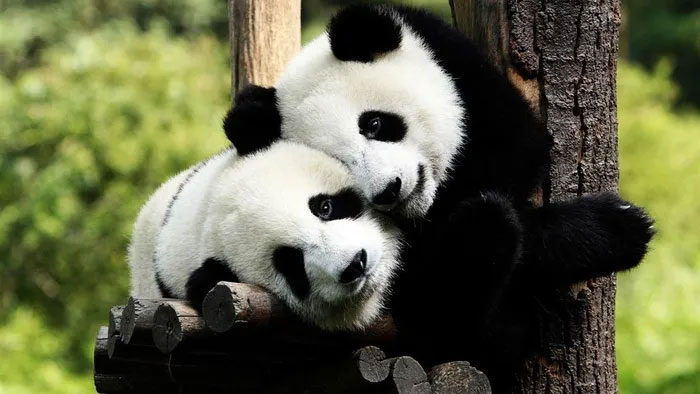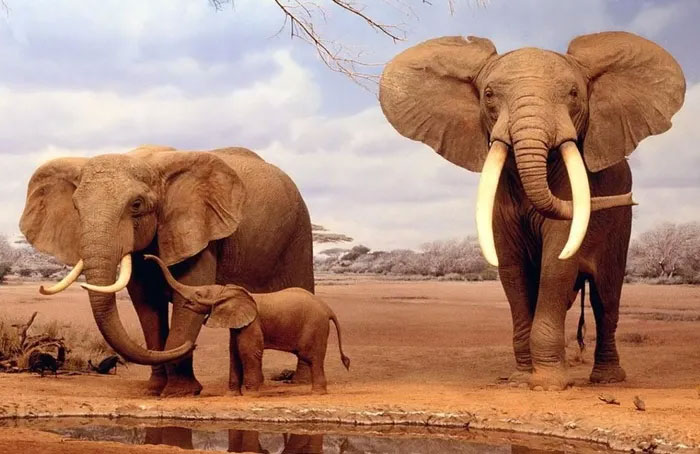Below are some mating behaviors of penguins, sea otters, elephants, bees, and more. We invite you to explore!

Most penguins remain faithful to their mate for life once they have chosen one. The male will stretch out his wings and raise his neck to the sky, emitting a loud call to attract the attention of his “partner.” The females, witnessing this display, will approach and select their preferred mate. Every March and April, Emperor penguins climb ashore and venture inland to a safe place to court and mate. Their love culminates in a single egg weighing about 450 grams. (Photo: African Budget Safaris).

The evaluation criteria of lionesses for males are based on appearance. Males with darker fur and a fluffy mane tend to have more mating opportunities. However, once a family is established, if the dominant males fail to win fights, they will eventually be usurped by others. (Photo: Carters).

Mate selection is a leading cause of infertility in pandas. Most pandas in captivity require artificial insemination to conceive. Even more surprising is that the panda’s breeding season lasts only a few days each year. (Photo: Wanderlust).

In the world of bees, all worker bees are female. They are responsible for building the hive, collecting nectar, caring for the queen and larvae, and protecting the hive. A typical hive consists of one queen bee, 100-2,500 drones, and 30,000-60,000 worker bees. The role of the drones is to mate. When the queen leaves the hive to establish her own colony, the drones will follow her and wait to be chosen as her mate. (Photo: anphupet).

To maintain their lineage, male sea otters bite the female’s nose while mating. If they are kept in a marine park, as soon as the female shows any sign of resistance, the male will immediately abandon the attempt. To prevent inbreeding, young otters are often separated from adult otters. (Photo: Chee Kee Teo/ Comedy Wildlife Photography Awards).

Elephants are very selective when choosing a mate. Typically, males and females will live in the same herd. During the estrus period, females release pheromones to signal healthy, young males to come closer. During this time, the temples of male elephants continuously secrete a thick black substance, and urine also drips. The females will choose based on this. In elephants, “love at first sight” can sometimes occur. (Photo: Mezing).


















































